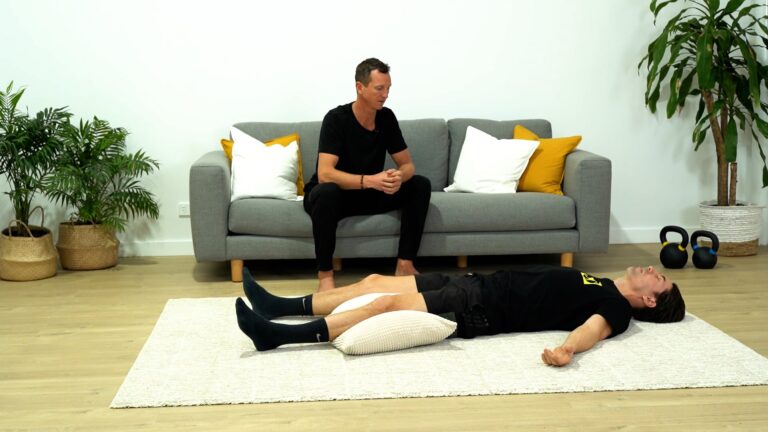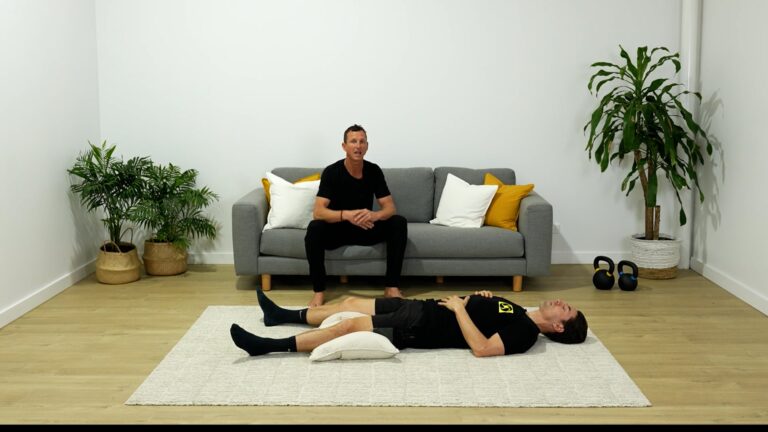At Strength in Motion, a big part of our training system is improving people’s body awareness and challenging them with different movement patterns so they can learn and adapt to exercise rather than just feel pain and exhaustion from it. When we look at movement, we find that incorporating ground based movements is an incredibly important element of someone’s training program. It’s not just because I love break dancing, but let’s be honest, we’d all love to be able to do that!
Ground-based movement patterns, sometimes referred to as primal movement patterns, offer numerous benefits for health and fitness. These movements mimic natural human movements and are often performed close to or on the ground. They are foundational movements that our ancestors relied upon for survival and daily activities. Incorporating these primal movement patterns into our fitness routines can provide the following benefits:
1. Enhances Functional Strength: Engage multiple muscle groups and joints in a coordinated manner, promoting functional strength. These movements involve the entire body, requiring a combination of strength, stability, mobility, coordination, and flexibility. By training these patterns, we develop strength that translates into real-life movements, making daily activities easier and reducing the risk of injuries.
2. Mobility and Flexibility: They involve a wide range of motion, which helps improve mobility and flexibility. These patterns require movement in various planes of motion, including forward/backward, side-to-side, and rotational movements. Regular practice of these movements can increase joint mobility and flexibility, enhancing overall movement quality and reducing stiffness.
3. Core Stability and Balance: Primal movement patterns challenge the core muscles, including the deep stabilizing muscles of the abdomen, back, and pelvis. These movements require a strong and stable core to maintain proper alignment and control. By incorporating ground-based movements, we develop core stability, which is essential for maintaining good posture, balance, and overall functional movement.
4. Neuromuscular Coordination: Primal movement patterns involve complex movement sequences that require coordination between the muscles and the nervous system. Regular practice of these movements improves neuromuscular coordination, enhancing the brain-body connection and movement efficiency. This can lead to improved athleticism, agility, and overall movement skills.
5. Increases Joint Strength and Stability: Ground-based movements put stress on the joints in a controlled and functional manner, which helps increase joint strength and stability. These movements require the stabilization of multiple joints simultaneously, promoting joint integrity and reducing the risk of joint-related injuries. By strengthening the muscles around the joints, primal movements contribute to joint health and longevity.
6. Body Awareness and Mindfulness: Primal movement patterns require attention to body positioning, alignment, and movement quality. By practicing these movements mindfully, we develop a heightened sense of body awareness. This increased body awareness can transfer to other physical activities and daily life, promoting better movement mechanics and reducing the risk of accidents or falls.
7. Variety and Fun in Training: Primal movement patterns offer a refreshing change from traditional gym exercises and can add variety and fun to your fitness routine. They tap into our primal instincts and provide a sense of playfulness and exploration. This can help maintain motivation and adherence to a regular exercise program.




Responses